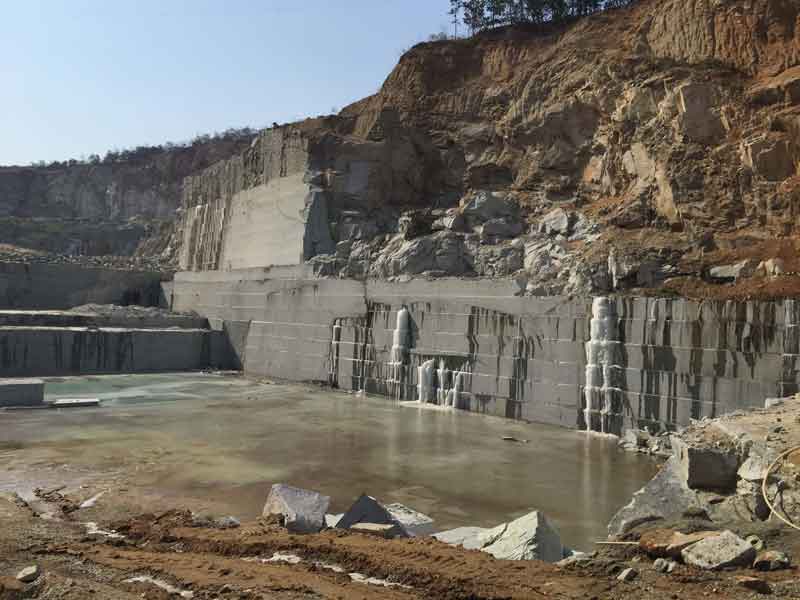Revealing Granite Quarries in South Africa Legacy: A Trip Through Quarries
Introducing the Mysteries of Granite Quarrying: Where Stamina and Elegance Meet
The world of granite quarrying is a world where the raw toughness of nature assembles with human creativity to create structures that stand the examination of time with an air of style. From the depths of quarries to the precise polishing in workshops, the procedure of transforming granite into building marvels is an intricate dance of tradition and technology. As we peer right into the depths of this old craft, we start to discover the surprise details that form the very significance of our developed atmosphere.
The Beginnings of Granite Quarrying
In the record of architectural history, the beginnings of granite quarrying are shrouded in a tapestry of old workmanship and geological wonders. Going back to ancient Egypt and Mesopotamia, the removal of granite from quarries noted the start of a journey that would at some point bring about the development of a few of the globe's most renowned structures.
Granite quarrying's origins can be traced to the knowledgeable craftsmens who acknowledged the rock's longevity and visual charm. With a mix of primitive tools and large resolution, these early quarry workers discovered granite blocks that would come to be the foundation of worlds.
As civilizations developed, so did the methods of quarrying granite. The Romans, renowned for their engineering expertise, established advanced approaches for removing granite to build monoliths, holy places, and roads that stood the test of time.
The tradition of these ancient quarrying methods remains to shape contemporary style, with granite staying a sign of stamina and style in construction jobs around the world. (granite quarries in south africa)
Tools of the Quarrying Trade
The evolution of granite quarrying techniques from old civilizations to modern-day times highlights the vital function played by the devices of the quarrying sell forming the sector's practices. In ancient times, quarrying devices were simple, typically consisting of knives, hammers, and wedges made from materials like bronze or iron. These tools needed substantial manpower and time to remove granite blocks from quarries.

In addition, the introduction of pneumatically-driven devices and high-powered equipment has significantly minimized the physical labor called for in quarrying operations, improving employee security and performance. As the quarrying industry remains to innovate, the tools of the trade continue to be at the leading edge of driving progression and forming the future of granite removal.
Removing Blocks of Granite
Using precision equipment and advanced methods, the extraction of granite obstructs from quarries has ended up being a sophisticated process in the contemporary quarrying industry. The initial action entails recognizing the place and size of the granite deposit to figure out one of the most efficient extraction approach. Once a suitable website is selected, the extraction procedure starts with the exploration of openings for the positioning of nitroglycerins. Regulated blowing up strategies are then utilized to disintegrate the granite into workable sections.

Sprucing Up and Finishing Techniques
To attain a perfect surface on granite blocks, competent artisans utilize a series of thorough polishing and finishing strategies. After the first extraction and shaping procedures, the granite blocks go through an extensive sprucing up phase to enhance their all-natural more info here appeal and sturdiness.
In addition to sprucing up, ending up techniques are used to additional refine the granite's look. These techniques may consist of flaming, refining, or cleaning, each offering special appearances and surfaces to match various visual choices. Flaming, as an example, entails revealing the granite surface area to heats to create a harsh, textured surface, suitable for click here to find out more exterior applications where slip-resistance is important. Refining, on the various other hand, provides a matte coating that is smooth to the touch, perfect for indoor kitchen counters and floor covering. By carefully selecting and using these polishing and completing methods, artisans can change raw granite blocks right into exquisite items that display both stamina and sophistication.

Environmental Effect and Sustainability
With the expanding focus on environmental consciousness in the sector, granite quarrying practices are progressively scrutinized for their effect on natural resources and lasting sustainability. Furthermore, the transportation of granite from quarries to refining centers produces carbon discharges, additionally adding to environmental degradation.
To alleviate these influences and guarantee sustainability in granite quarrying, market stakeholders are taking on various measures. Executing advanced innovations to minimize energy consumption and water usage, reclaiming quarried land for ecological restoration, and promoting responsible sourcing techniques are some techniques being utilized. Additionally, accreditations such as the Forest Stewardship Council (FSC) and the Management in Power and Environmental Style (LEED) aid customers identify eco-friendly granite items.
Final Thought
In conclusion, granite quarrying is a process that needs specialized tools and methods to essence blocks of granite and polish them to a high level of surface. While the ecological impact of quarrying can be significant, efforts are being made to boost sustainability practices in the market. On the whole, granite quarrying is a fragile equilibrium in between taking advantage of the strength and sophistication of this all-natural rock while lessening its effect on the setting.